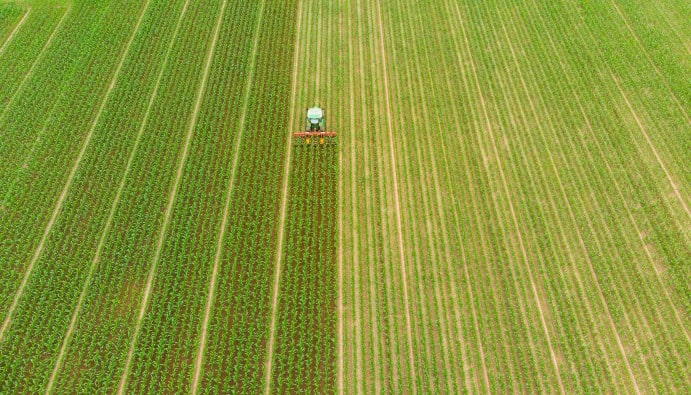
BLOG
KATEGORİDEKİ DİĞER YAZILAR

Today, food can be contaminated with various anthropathogenic contaminants in different ways. They are also taken into the human body through food. While some chemicals can be rapidly excreted from the human body, most fat-soluble compounds are stored in the body and can be metabolized and excreted slowly. PCB is a fat-soluble substance that is stored in the body for a long time.
Polychlorinated biphenyls (PCBs) are harmful chemicals that have been widely used for many years, especially in industrial products and electrical equipment. However, when PCBs are released into the environment and enter the food chain, they pose serious health risks. Total analysis of indicator PCBs is a test to detect the presence of these harmful compounds to ensure environmental and food safety.
Due to their lipophilic and stability properties, they accumulate in adipose tissue. This can be dangerous to human health. Known routes of exposure to PCBs include skin, inhalation and the gastrointestinal tract. The most common route is the gastrointestinal tract. In other words, it is mostly taken into the body through food. Studies have linked PCB exposure to diabetes and cancers, as well as immunological and neurobehavioral abnormalities in children.
For these reasons, the Total of Indicator PCBs should be determined in Food, Food Additives and Food Supplements, Aquaculture, Infant Formulas, Infant and Young Child Supplementary Food, Follow-on Formulas, (Foods Given on Wet Weight), (Foods Given Results on Fat), Feed and Feed Additives.
Total of Indicator PCBs (PCB28, PCB52, PCB101, PCB138, PCB153 and PCB180 (ICES-6 total)) Analysis is performed by GC MS/MS method.
You can contact Nanolab Food Analysis Laboratory for Total of Indicator PCBs (PCB28, PCB52, PCB101, PCB138, PCB153 and PCB180 (ICES-6 sum)) Analysis.
Nanolab Laboratories Group continues to provide services within the scope of Total Analysis of Indicator PCBs. We also provide services for Ammonia Determination in Chicken Meat Products.
Contact us for more information.
You can follow us on LinkedIn for up-to-date news and posts about our services.
Follow our Instagram account to be informed about our latest blog posts.